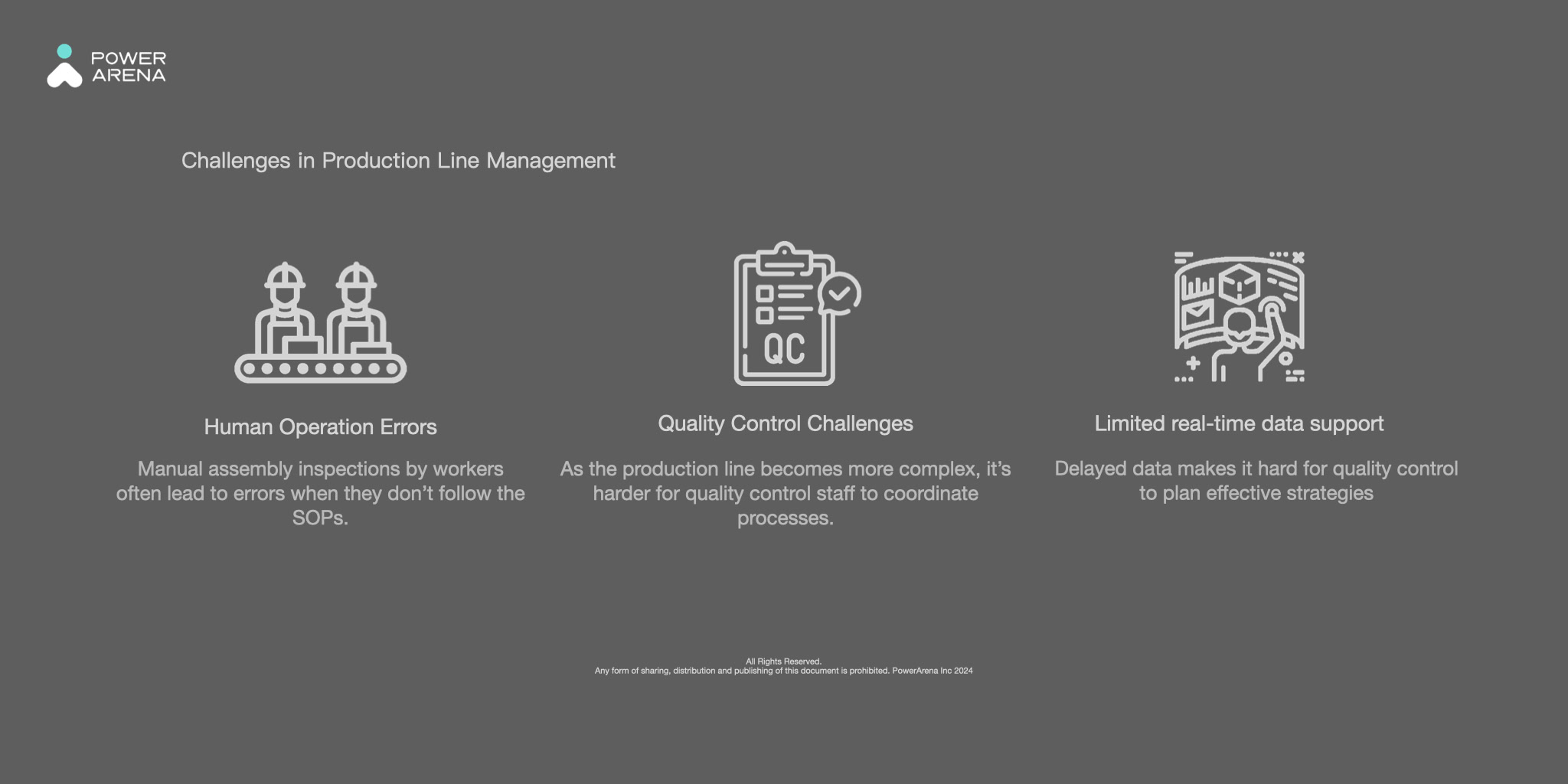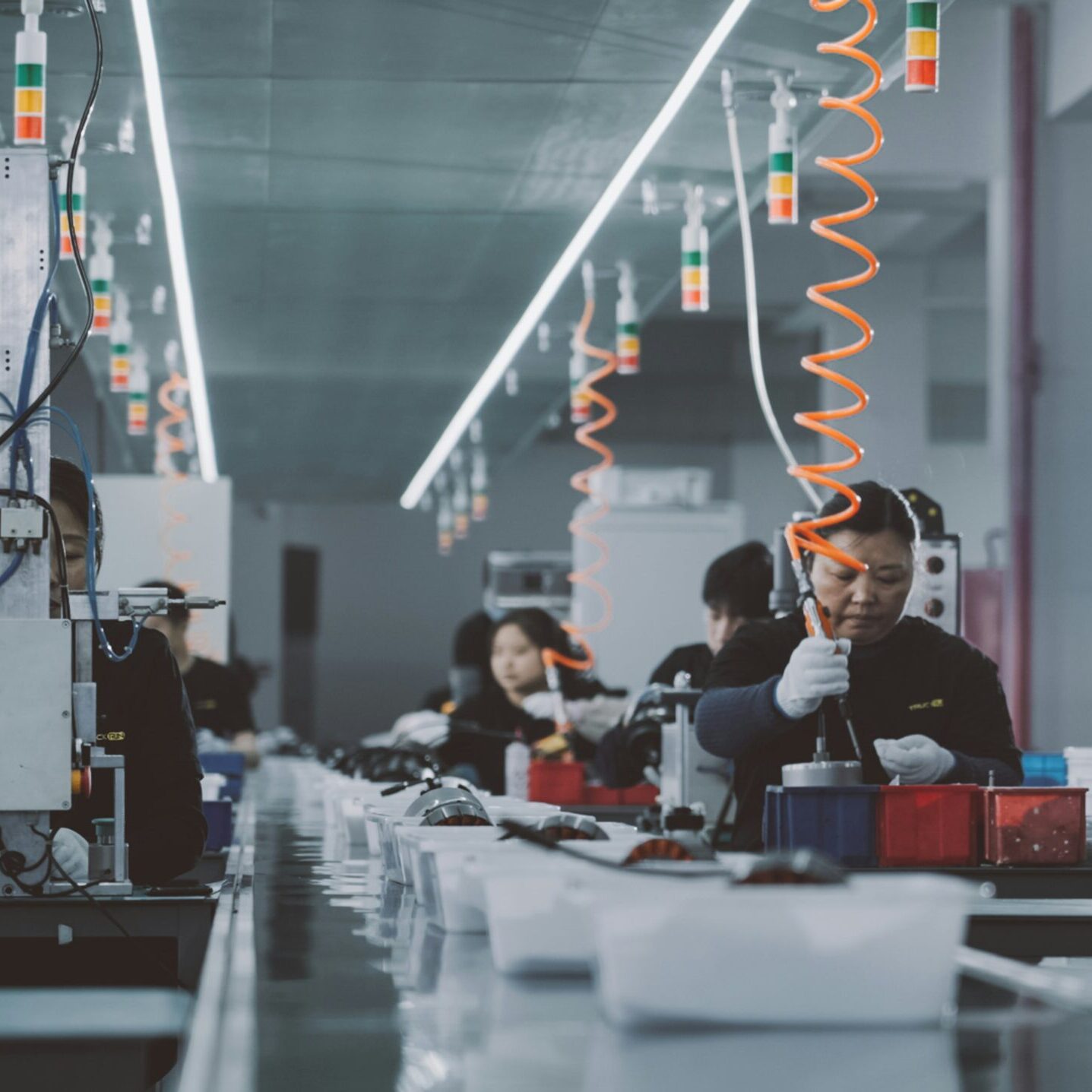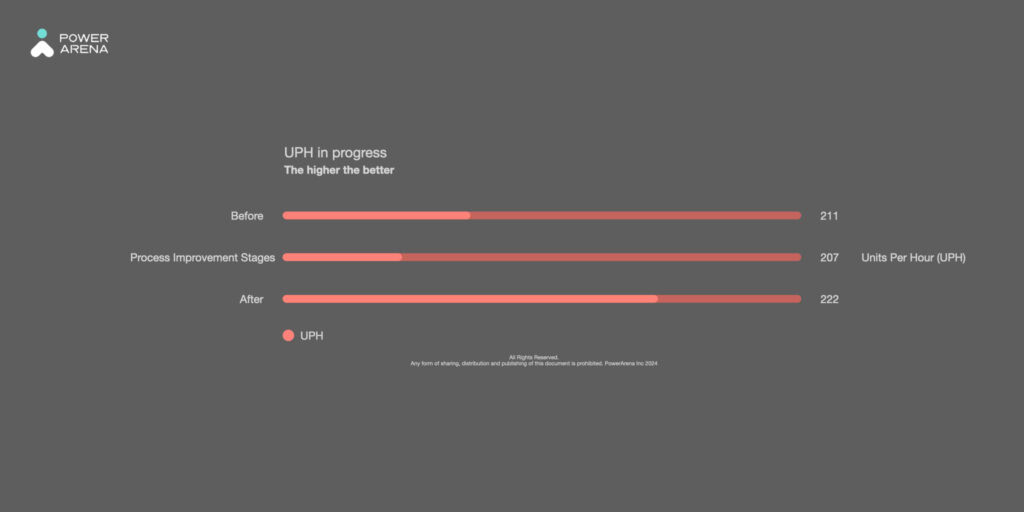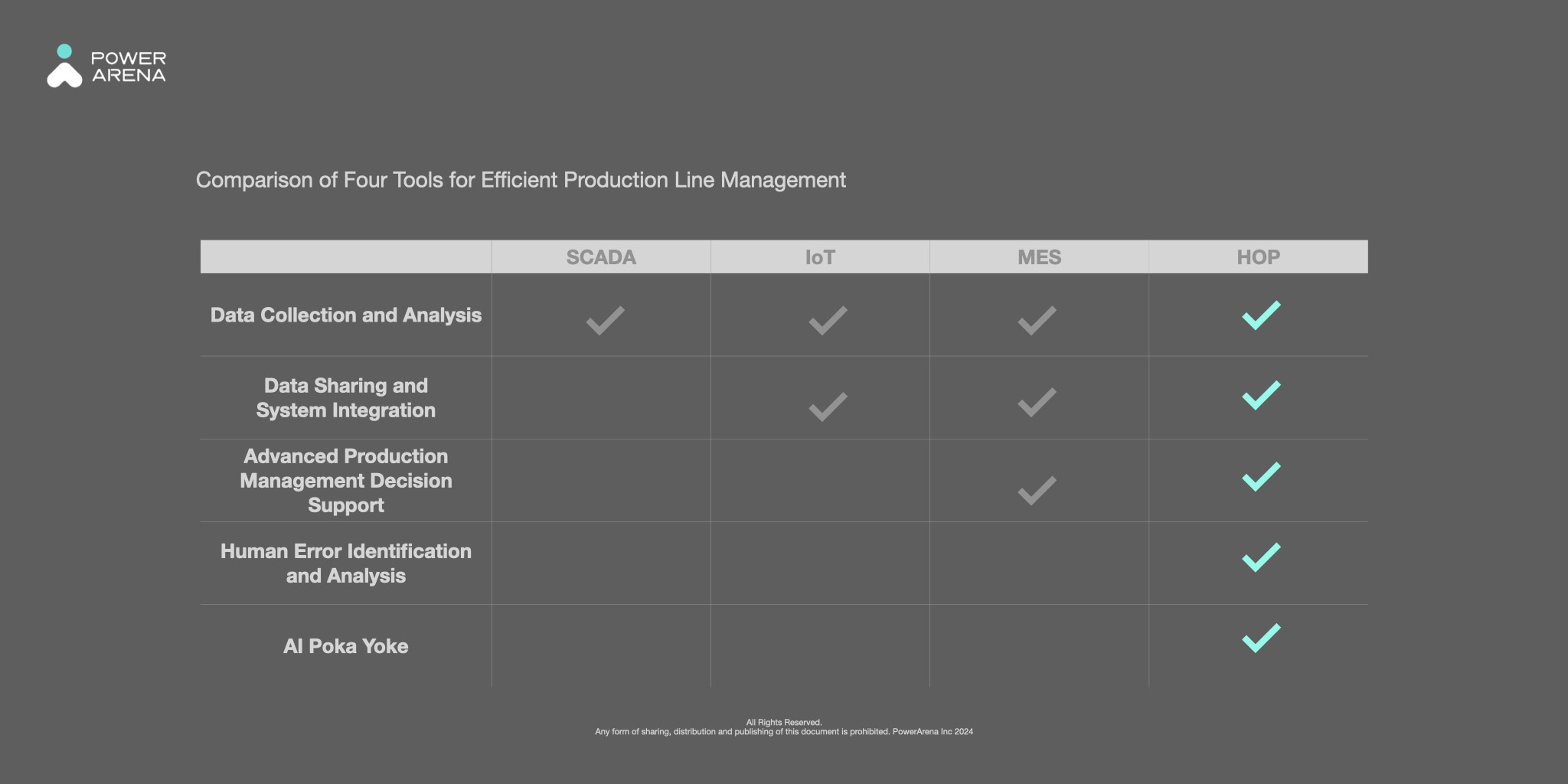What is a Production Line?
A production line is a series of orderly workstations where personnel perform specific production activities following a standard operating procedure (SOP) to transform raw materials into final products.
For example, in an EMS company, the production line involves soldering circuit boards and electronic components, assembling enclosures, and connecting circuits, followed by product sampling inspections. All these operations and inspections take place along the production line.
What Does Production Line Management Involve?
Production line management encompasses all resources, equipment, labor, and SOPs involved in the manufacturing process. The goal is to ensure products are produced efficiently according to the plan while maximizing resource utilization, minimizing costs, and maintaining consistent product quality. Effective production line management not only enhances production efficiency but also boosts the long-term competitiveness of the business.
Objectives of Production Line Management
-
- Ensure Efficient Resource Utilization
-
- Increase Production Efficiency
Challenges in Production Line Management

1. Human Operational Errors
Modern manufacturing production lines still rely on human operators. However, manual assembly and inspection by production line workers can often lead to errors that deviate from the SOP, negatively impacting production efficiency and product quality
80% of unplanned downtime is attributed to human error.
(Source: Worldmetric.org.)
2. Quality Control Challenges
As production lines become more complex and variable, coordinating different processes becomes increasingly challenging. Quality control personnel may struggle to track and address abnormalities in each production stage promptly, increasing the risk of undetected defects and delayed corrective actions.
3. Lack of Real-Time Data Support
Traditional production lines require manual data collection, consolidation, and analysis before making meaningful adjustments. Delayed data analysis in response to ongoing production issues leads to lower production efficiency and reduced market responsiveness.
To achieve efficient production line management, start with these four key steps:
Four Key Steps to Achieve Efficient Production Line Management
1. The Greatest Uncontrollable Factor: “Human” – Standardize Process Design and Execution
Currently, many factories still rely heavily on experienced workers’ oral instructions and accumulated mistakes to gradually establish SOPs that align with the production line process. After repeated practice, experienced workers teach new operators the production process. However, this method of standardizing production line processes solely based on “human” input is greatly influenced by human variability and uncertainty. This leads to production fluctuations, inconsistent quality, and failure to achieve the expected production efficiency set by the SOP.
In reality, due to the different habits and experiences of various experienced workers, there are often deviations from the SOP, or even skipping necessary steps in the production process, resulting in unstable product quality. For new operators, unfamiliarity with the processes requires them to repeatedly stop and refer to manuals, affecting production speed.
As the length or complexity of the production line increases, if each workstation is operated based on varying understandings and habits, it will significantly impact overall production line efficiency.
To address this challenge, we have integrated AI vision technology into the production line.
By using AI vision to capture detailed records of the production line, we can analyze small details, such as the precise hand movements of workers, posture analysis, and habitual positions for placing workpieces. Based on this AI image analysis, we can more efficiently establish SOPs that align with the production line processes.
AI vision can automatically detect whether operators are following the standardized SOPs. If an operator deviates from the required steps, the AI alert system provides real-time warnings to prevent errors on the production line.
Additionally, when errors occur, the AI alert system captures the moments affecting production efficiency and notifies the production line manager, who can use these insights to redesign or improve the SOPs. For example, if most workers frequently place parts slightly off the standard location, the AI system identifies this issue and notifies the manager. The manager can then decide whether to retrain the workers or further optimize the SOP to better fit practical operations
2. Technology-Assisted Management: Real-Time Alerting and Data Analysis for Anomalies
After implementing the AI vision system for four weeks, the production line saw a 5.2% increase in UPH and over 5x return on investment (ROI).
Table of Contents







